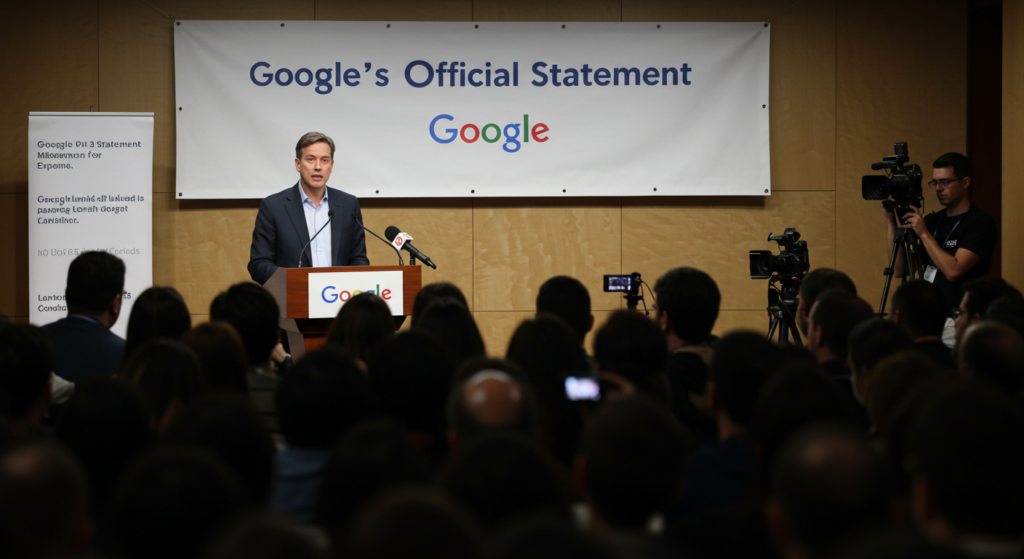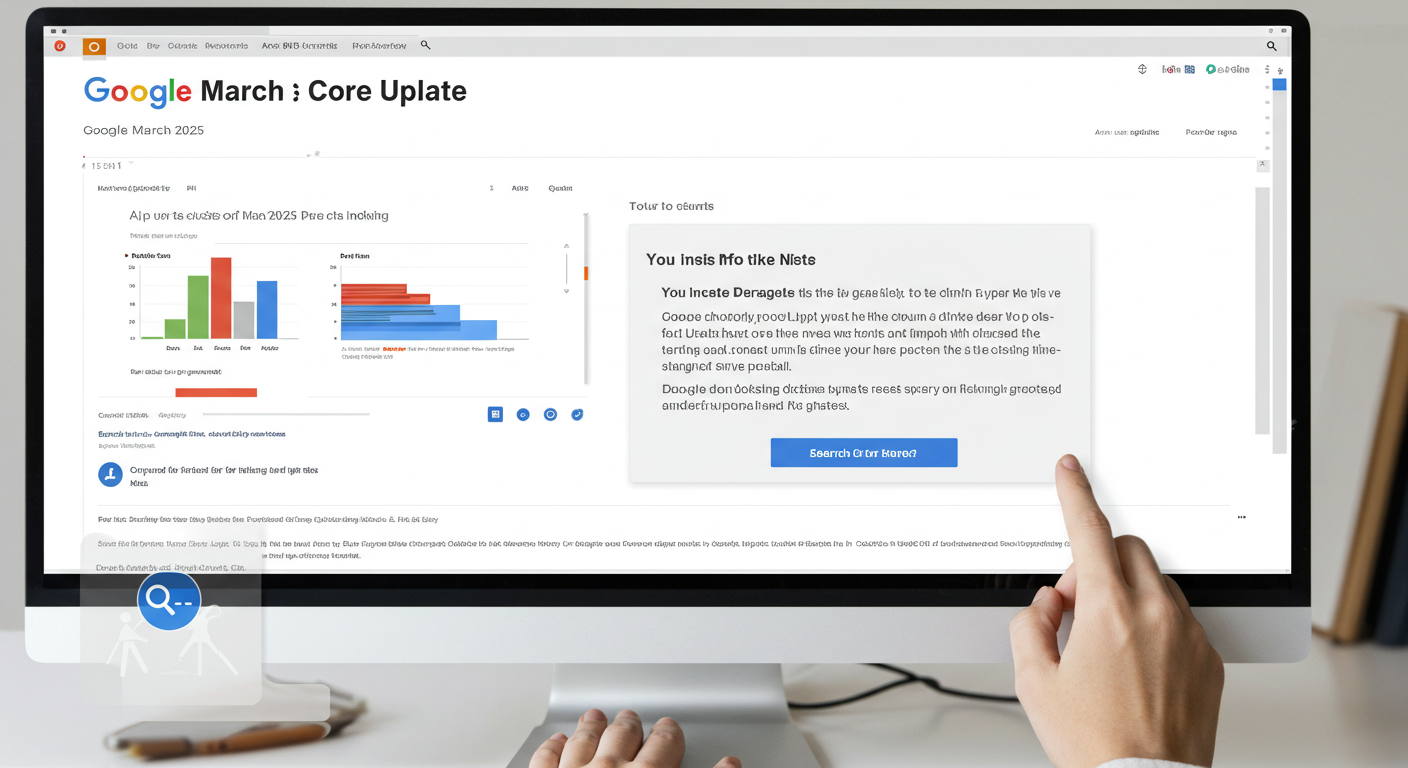The first Google core update of 2025 has officially completed its rollout. Starting on March 13 and finishing on March 27, the March 2025 core update brought noticeable changes to Google’s search results. While the scale of impact was not as widespread as some earlier updates, sites that were affected experienced significant ranking shifts—both upward and downward.
If you run a website, blog, or digital brand, understanding what changed in this update and how it might impact your site is critical to staying competitive in search results.

What Is the March 2025 Core Update?
Google releases core updates several times a year to improve the quality and relevance of its search results. These updates are broad, and they don’t target specific websites or niches. Instead, they refine how Google evaluates web pages based on factors like content quality, user intent, topical authority, and user trust.
The March 2025 core update continues this approach, further refining Google’s ability to identify helpful, original, and experience-driven content.
According to Google, this update is consistent with the goals outlined in previous core updates: prioritize people-first content and reduce visibility for low-value pages.
What Did We Observe?
The first noticeable effects of the update began within a few days of the rollout. Industry tracking tools showed moderate to high volatility across multiple niches, though not to the extreme levels of past updates like November 2023 or March 2024.

Sites that saw declines were often built around AI-generated content, shallow affiliate articles, and outdated guides. On the flip side, websites with high editorial standards, original analysis, and first-hand experience saw growth.
Interestingly, the March 2025 update seemed to benefit smaller niche sites that previously struggled to compete with broader publications. This suggests Google may have fine-tuned how it assesses relevance and topical depth within narrower subjects.
Google’s Official Statement
Google confirmed the completion of the update via its Search Status Dashboard, stating:

“The rollout was complete as of March 27, 2025.”
The company did not release any new recovery advice. Instead, they referred back to long-standing guidance about building helpful, people-first content and improving overall site quality.
Who Was Affected the Most?
While Google doesn’t provide a list of affected websites, data across SEO tools and webmaster communities reveals some trends.
Many large-scale content farms, AI-driven blogs, and affiliate-heavy pages saw visibility drops. Pages optimized primarily for search engines, rather than users, were often the ones negatively affected.
On the other hand, websites that offer real experience—such as product reviews written from direct use, or tutorials that reflect real-world implementation—gained visibility. This aligns with Google’s emphasis on E-E-A-T: Experience, Expertise, Authoritativeness, and Trustworthiness.
How to Know If You Were Hit
To evaluate if your site was impacted, review your Google Search Console performance report between March 13 and March 27. Check for:
- Drop in impressions or average position
- Pages that lost their rankings
- Declines in traffic from specific high-performing keywords
A traffic drop doesn’t always mean your content is bad. It may simply mean other content is more helpful or better aligned with updated ranking signals.
What You Should Do Next
If your website was negatively impacted by the March 2025 core update, don’t panic. Recovery is possible—but it requires patience and a commitment to improving your content and site structure.
Start by reviewing your existing pages. Identify which ones may be outdated, thin, or written solely to rank rather than help. Remove or improve them.
Next, focus on creating high-quality, original content that solves real problems for your audience. Demonstrate experience—don’t just summarize what others have said. Include author bios, link to trustworthy sources, and explain why your advice or perspective is worth listening to.
Check your technical SEO as well. Make sure your site loads quickly, is mobile-friendly, and has no broken links or outdated redirects. These factors are not primary ranking signals, but they support overall page quality and user satisfaction.
Staying updated with Google’s algorithm history helps SEOs and content creators plan smarter. Here’s a recap of recent core updates:
- March 2025 core update was on Mar. 13 and ended on Mar. 27.
- December 2024 core update was on Dec. 12 and ended on Dec. 18.
- August 2024 core update was on Aug. 15 and ended on Sept. 3.
- March 2024 core update was on March 5 and ended on April 19.
- November 2023 core update was on Nov. 2 and ended on Nov. 28.
- October 2023 core update was on Oct. 5 and ended on Oct. 19
- August 2023 core update was on Aug. 22 and ended Sept. 7.
- March 2023 core update was on March 15 and ended March 28.
Will There Be Another Update Soon?
Based on recent patterns, Google is likely to continue releasing core updates every few months. If you were affected this time, you may see improvement after the next update—but only if your content aligns with the direction Google is moving in.
That direction is clear: real content, created for real people, based on real knowledge and experience.
Final Thoughts
The March 2025 Google core update reinforces a trend we’ve been seeing for years. Google’s algorithms are constantly evolving to reward content that genuinely helps users.
Whether your site was affected or not, now is the time to review your SEO strategy. Move beyond keyword stuffing and generic writing. Focus on clarity, credibility, and value. That’s what will keep you ranking—not just through this update, but through the next one too.
If you’re serious about SEO success in 2025 and beyond, keep refining your site for users first. Google will follow.




